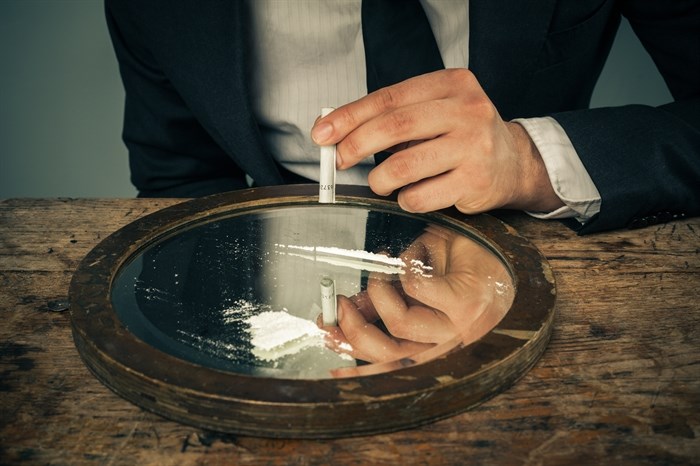
Image Credit: ADOBE STOCK
October 17, 2017 - 8:00 PM
Chances are, you already know him.
He's likely successful, has some money, a good job, maybe a wife and kids, owns his own home. You wouldn't know it because he doesn't seem like that kind of guy, but he also dabbles with cocaine — and it could wind up killing him.
He's now one of the most vulnerable people in the opioid crisis gripping B.C., and figuring out how to reach him before he succumbs to overdose — alone — is confounding public health experts.
Health authorities have managed to stem the overdose death rate among vulnerable street populations after they flooded the streets with naloxone, which can reverse the effects of an overdose. But the number of dead keeps rising, and it's Mr. Suburbia wearing most of those toe tags.
There have been more overdose deaths in the first eight months of this year than all of 2016, smashing incredible records set just last year. The growth is largely among what one Kamloops outreach worker calls the 'hidden population:' Adult men using in private residences, often alone.
It’s one of the hardest populations to reach, according to the executive director of ASK Wellness, Bob Hughes.
“These are recreational users of the substance that (they think is) cocaine and they end up using fentanyl,” Hughes says. “That’s who’s dying. That’s who we need to have direct strategies with; 30- to 60-year-old adult drug users that think they’re using cocaine but end up using fentanyl.”
Much of the province’s action on the overdose crisis has been aimed at hardcore addicts largely among the homeless population, and those efforts have made a difference. Not using alone has been a constant message from health authorities since the provincial state of emergency on overdoses was declared in April 2016. That works well for hardcore addicts — there's often someone around to intervene, since you can't use naloxone on yourself when you need it.
Hardcore users are also more likely to seek help from overdose prevention sites.
“(Heavy addicts) are beyond the feeling of the stigma and the discrimination. Their addiction is so strong and they already lost that battle with public relations about who they are and who they aren’t,” Hughes says. “That population is not worried about the optics or perception of what they do. They‘re very visible, they’re willing to basically wear the T-shirt and the flag that says they’re significantly dependent.”
But these successful strategies aren't working as well outside that demographic. The focus needs to shift, Hughes says.
Men have accounted for 82 per cent of all 1,013 fatal overdoses in the province this year and three-quarters were between 30 and 59 years old — that hasn't changed much. But 90 per cent of drug overdose deaths now occur indoors, including more than half in private residences.
Add it up and it shows the 'hidden population' or the 'weekend warriors' are most at risk because they hide it and don't believe they are at risk because they are not addicts.
“That’s the tricky part,” Hughes says. “If you’re doing it and you don’t want anybody to know, how are you going to ever say ‘I’m never going to use alone’ when 90 per cent of the time you use alone?”
But there is hope. Hughes has noticed more weekend warrior types at overdose prevention sites to get naloxone kits or other harm reduction supplies on a Friday evening.
“We were seeing men and women pulling up in BMWs, Jeeps, and these are the weekend warriors who were picking up naloxone kits,” Hughes says. “Do I think they’re using heroin? Probably not – they’re buying cocaine and they’re going… ‘If we’re using drugs on a weekend and my friend goes down, I know I’ve got a naloxone kit.’ That’s a smart thing to do.”
Hughes says it’s important for the province to develop a strategy aimed at the hidden population.
“I think we want to believe it’s a small segment of people that use cocaine in particular, but it is significant in a society that runs heavy on stimulants, from coffee to Red Bulls,” Hughes says. “We need to have an educational campaign around if you are continuing to use, particularly cocaine and other stimulants. If you’re buying drugs now, off the street, in a climate where you see this many people dying, then you might have a problem.”
To contact a reporter for this story, email Ashley Legassic or call 250-319-7494 or email the editor. You can also submit photos, videos or news tips to the newsroom and be entered to win a monthly prize draw.
We welcome your comments and opinions on our stories but play nice. We won't censor or delete comments unless they contain off-topic statements or links, unnecessary vulgarity, false facts, spam or obviously fake profiles. If you have any concerns about what you see in comments, email the editor in the link above.
News from © iNFOnews, 2017